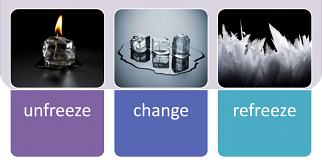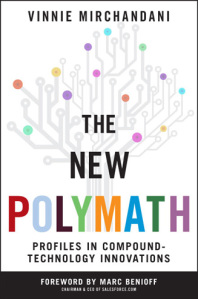Blog Post
This is an excerpt from my Persuasive Communication workshop.
Blog Post

To be a successful communicator, think of your listener first, and focus on attention.
Communication is hard. To successfully convey information requires taking what's in my head and getting it into yours in some reasonable facsimile of the original thought or idea. If you think this is easy, just remember the last time you tried to inform a group of individuals about an upcoming change – and then remember the many (sometimes baffling) concerns and rumors that arose as a result!
As George Bernard Shaw once said, “The single biggest problem in communication is the illusion that is has taken place." That's because most of us focus only on the front end of the communication process – the part that's all about us: the information we want to convey (the message) and how we plan to convey it (the medium).
Blog Post

Ever try to get someone to change the way they do something that they've been doing the same way for years? Ever try to break one of your own habits? It's not easy. Not because people are intentionally contrary or obstinate, but because big parts of our brains operate on autopilot, in deep grooves of habit, and establishing new pathways is hard.
This can be a serious problem for individuals or managers who find themselves in the midst of major change efforts.
Blog Post

About five years, ago, when I was still editor in chief at CIO, we began a major transformation from a print-centric media company to online. During that time, every day brought new challenges, frustrations, discoveries, joy and despair. I think many of us thought we'd power our way through all that turmoil and, eventually, things would get back to "normal." After a couple of years, it began to dawn on us that if there was ever to be a new normal, it was well over the horizon, and in fact, we'd better learn to live in a state of change.
Blog Post

The New Polymath, by Vinnie Mirchandani, is an ambitious, wide-ranging and celebratory exploration of technology innovation in the 21st century. The book epitomizes the title (a polymath is someone who excels in many disciplines) in taking on the distinct, though certainly overlapping, disciplines of infotech, cleantech and healthtech – and all the various technologies and practices that support them. It evokes the spirit of polymaths throughout history (Sir Isaac Newton, Benjamin Franklin, Hypatia of Alexandria, and the ultimate polymath, Leonardo da Vinci) and seeks their equivalents in our own times in both individuals (Bill Joy, Nathan Myhrvold) and organizations. Most provocative, it sets up a parallel between our age and the 14th century, when the Late Middle Ages, or Dark Ages, gave way to the Renaissance, or rebirth. Mirchandani is hopeful that we are entering another Renaissance.





